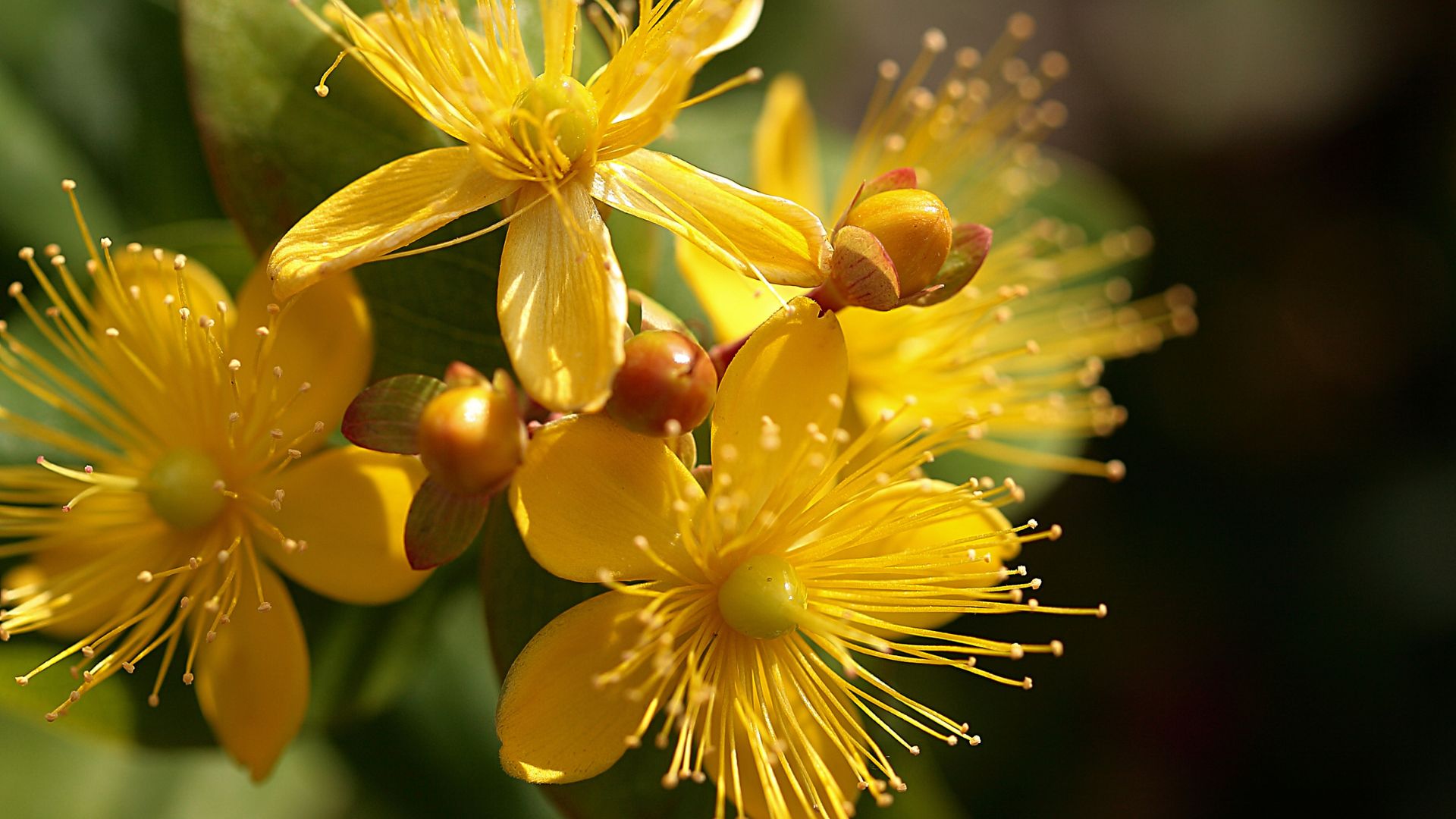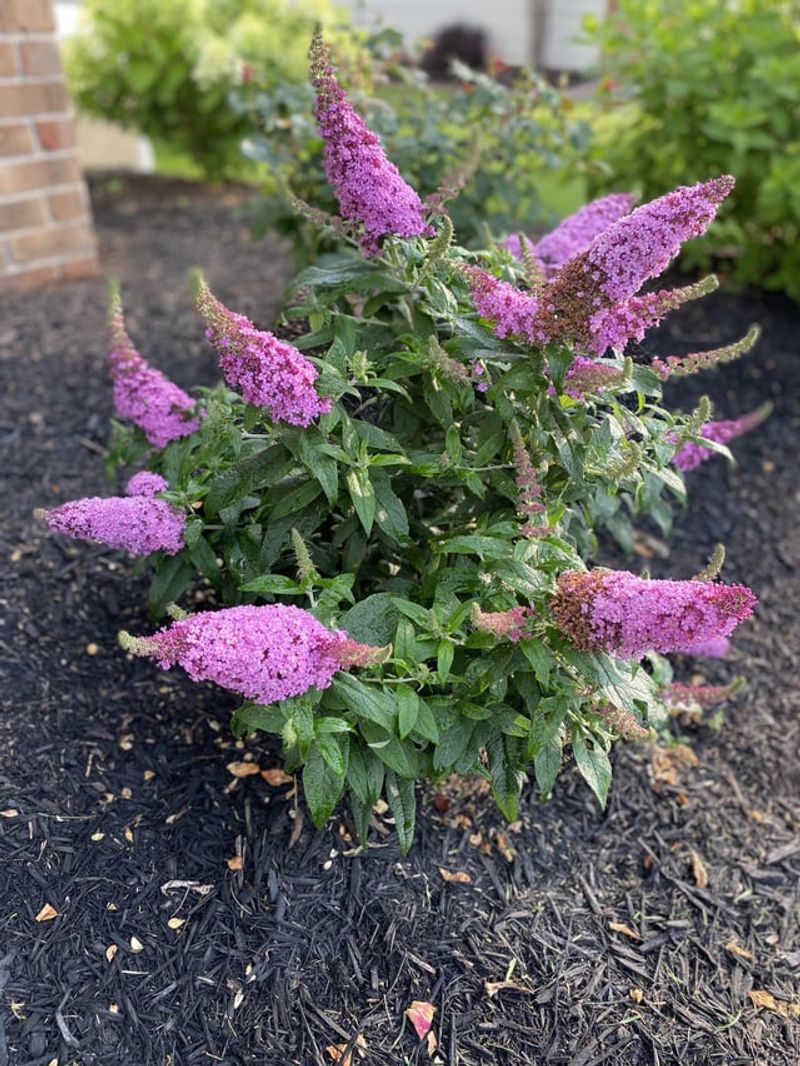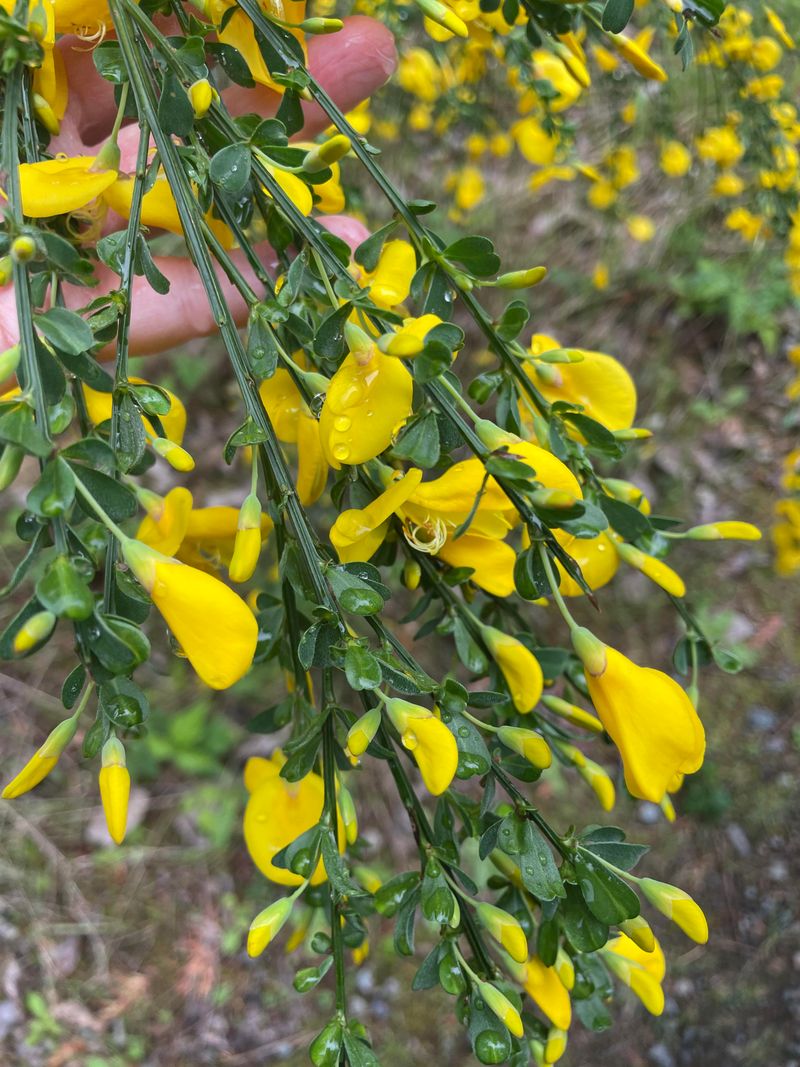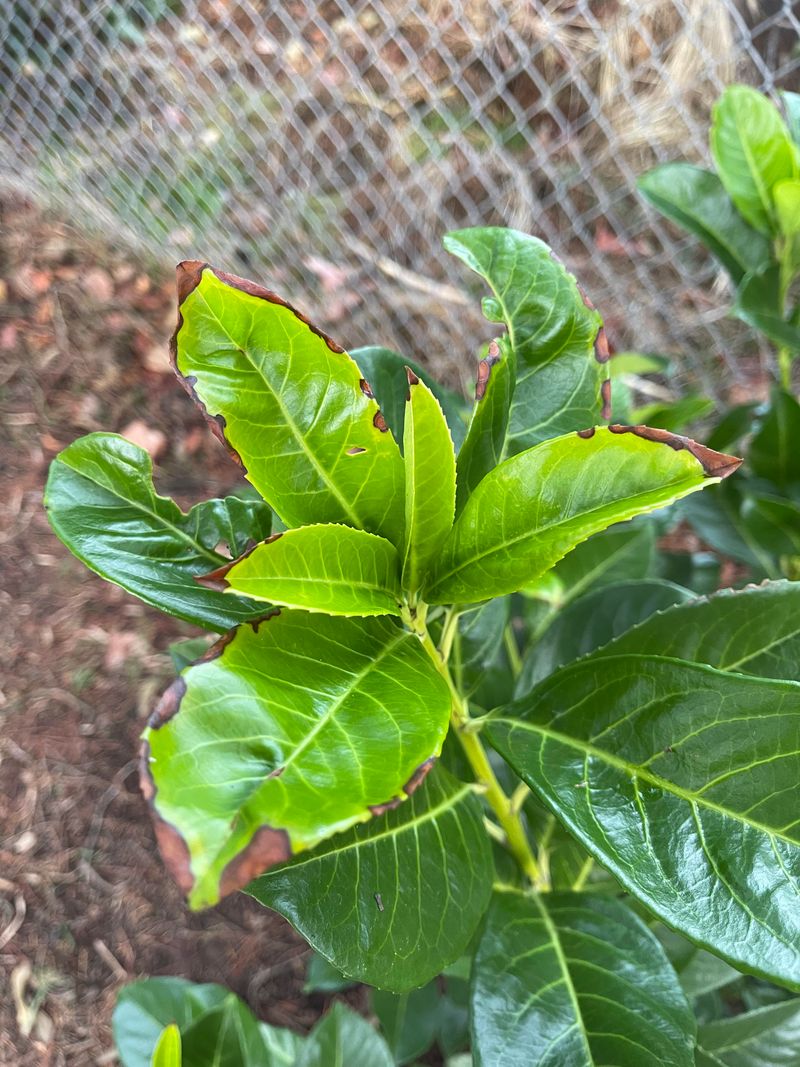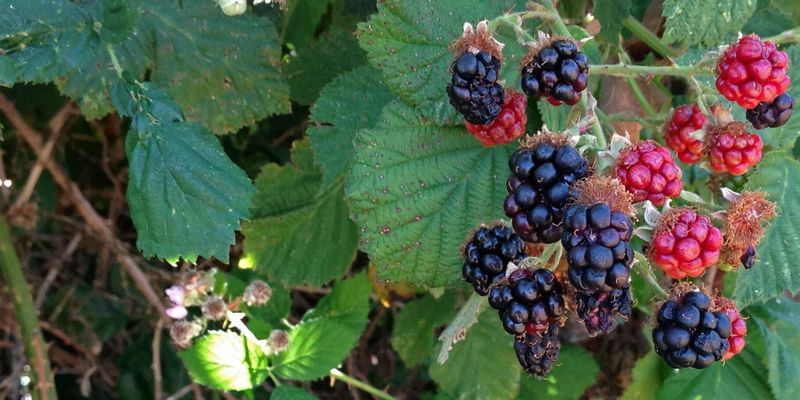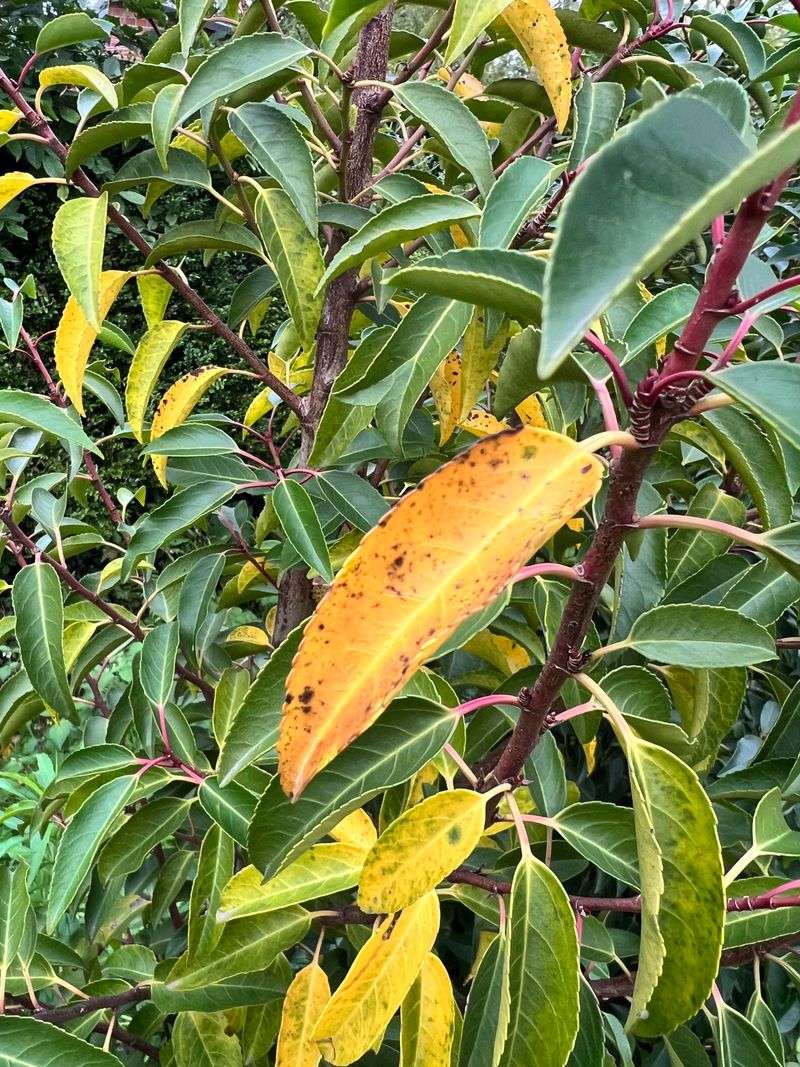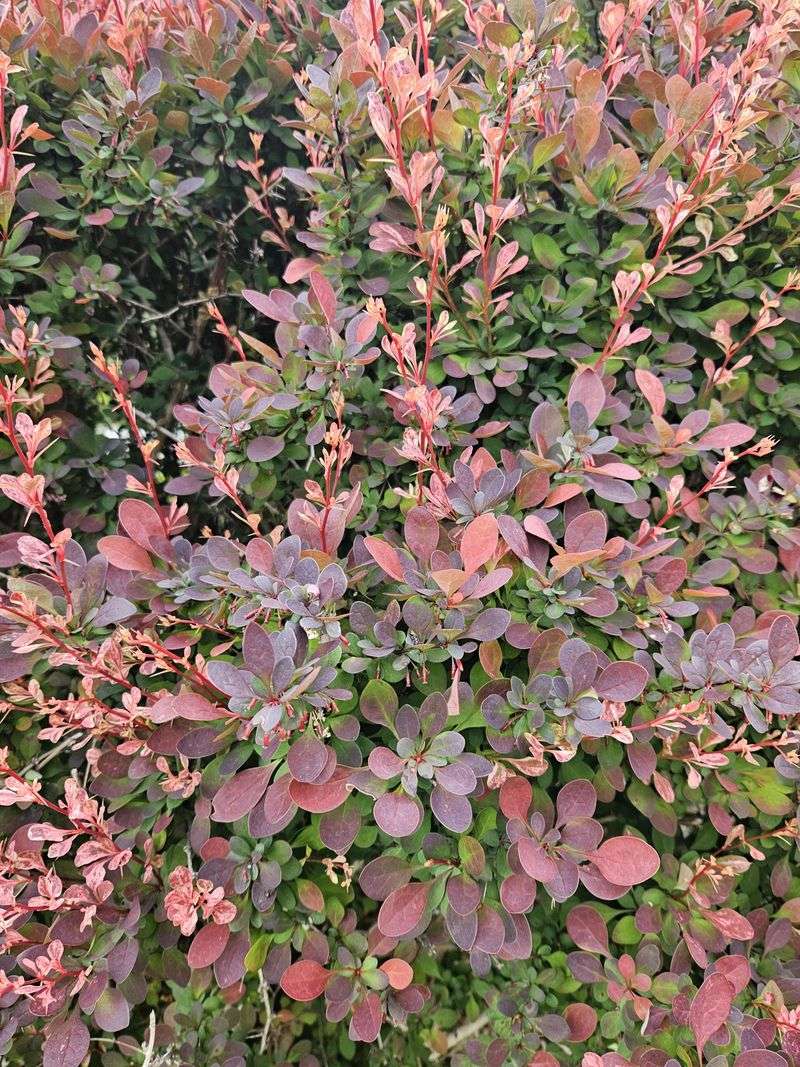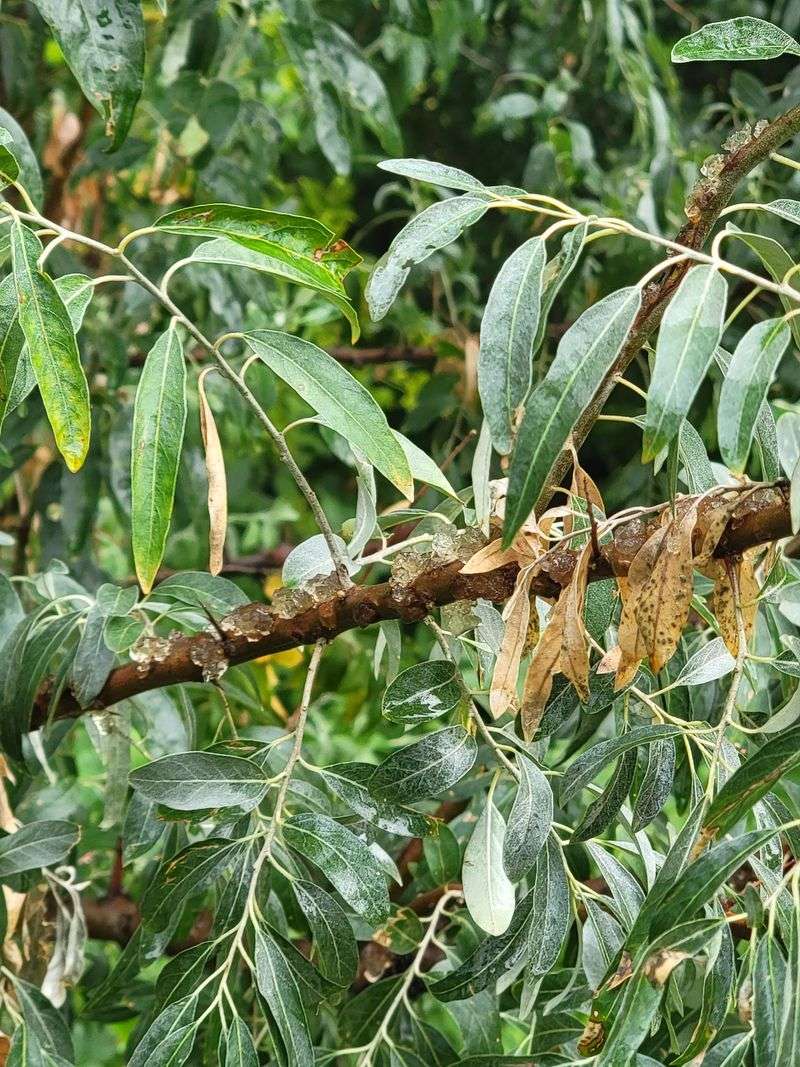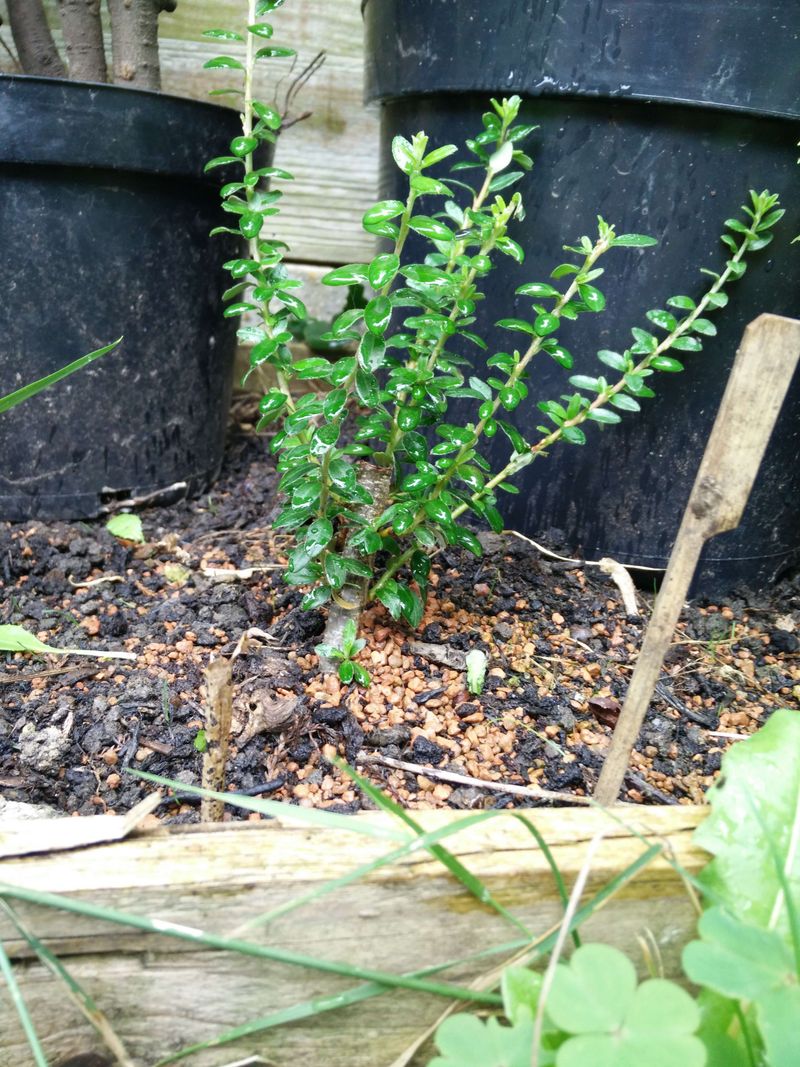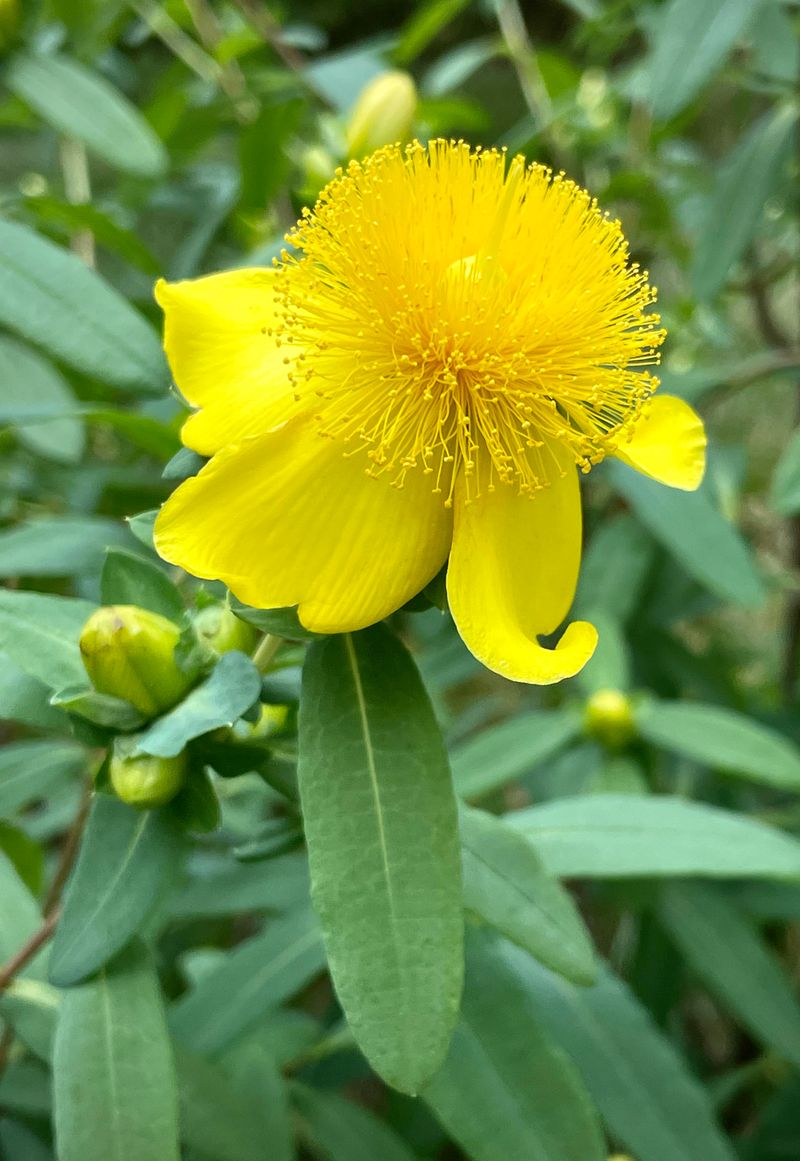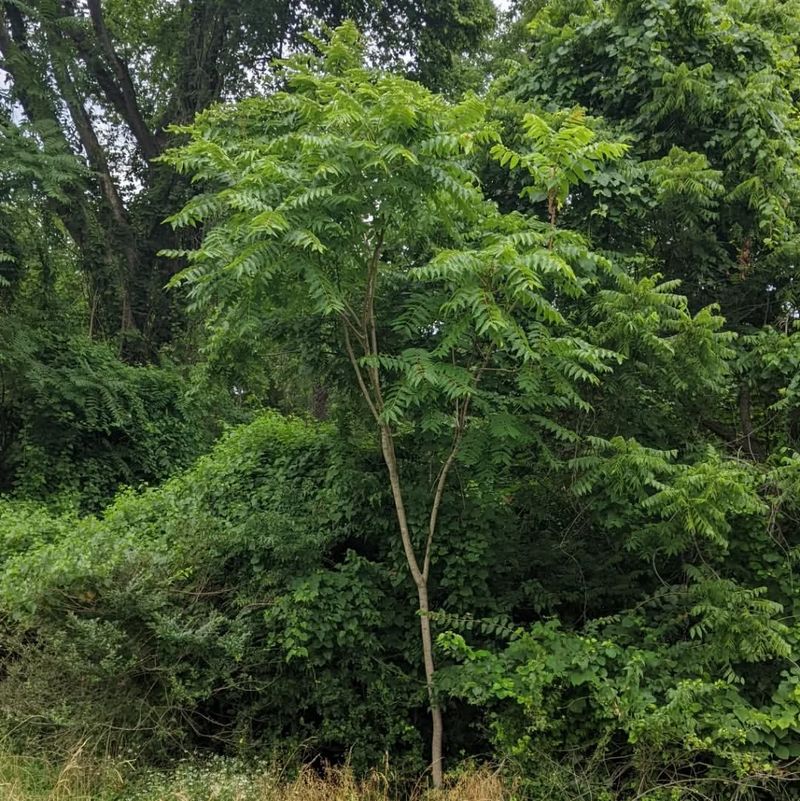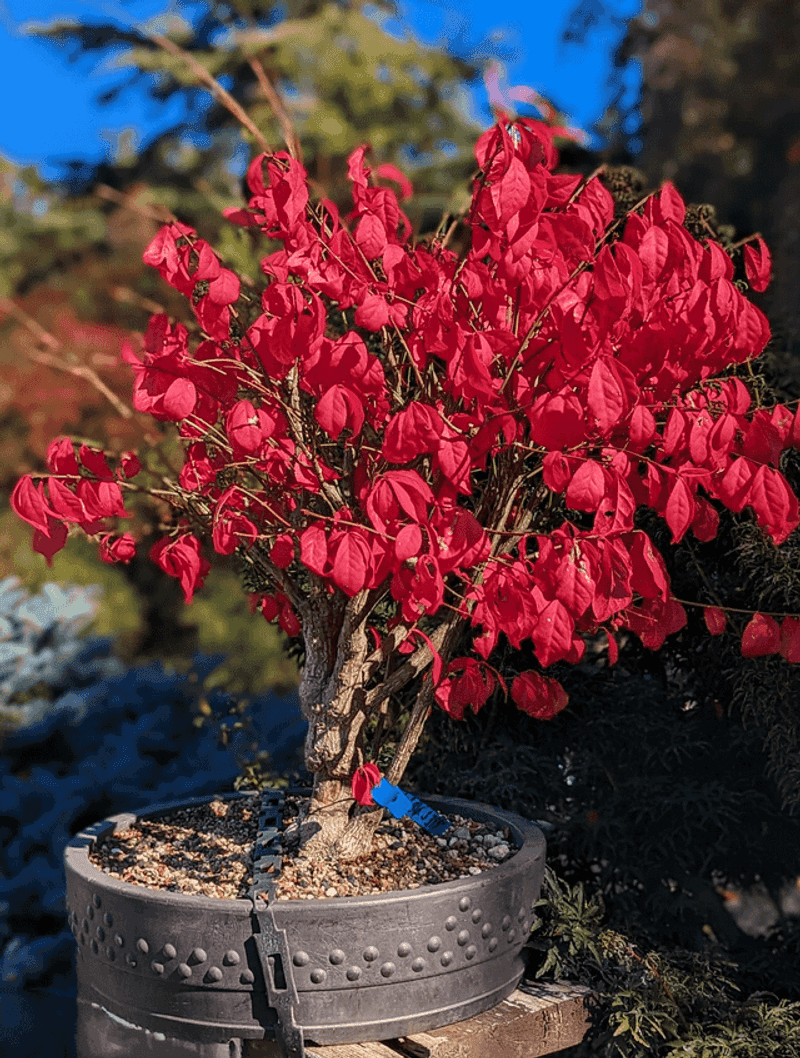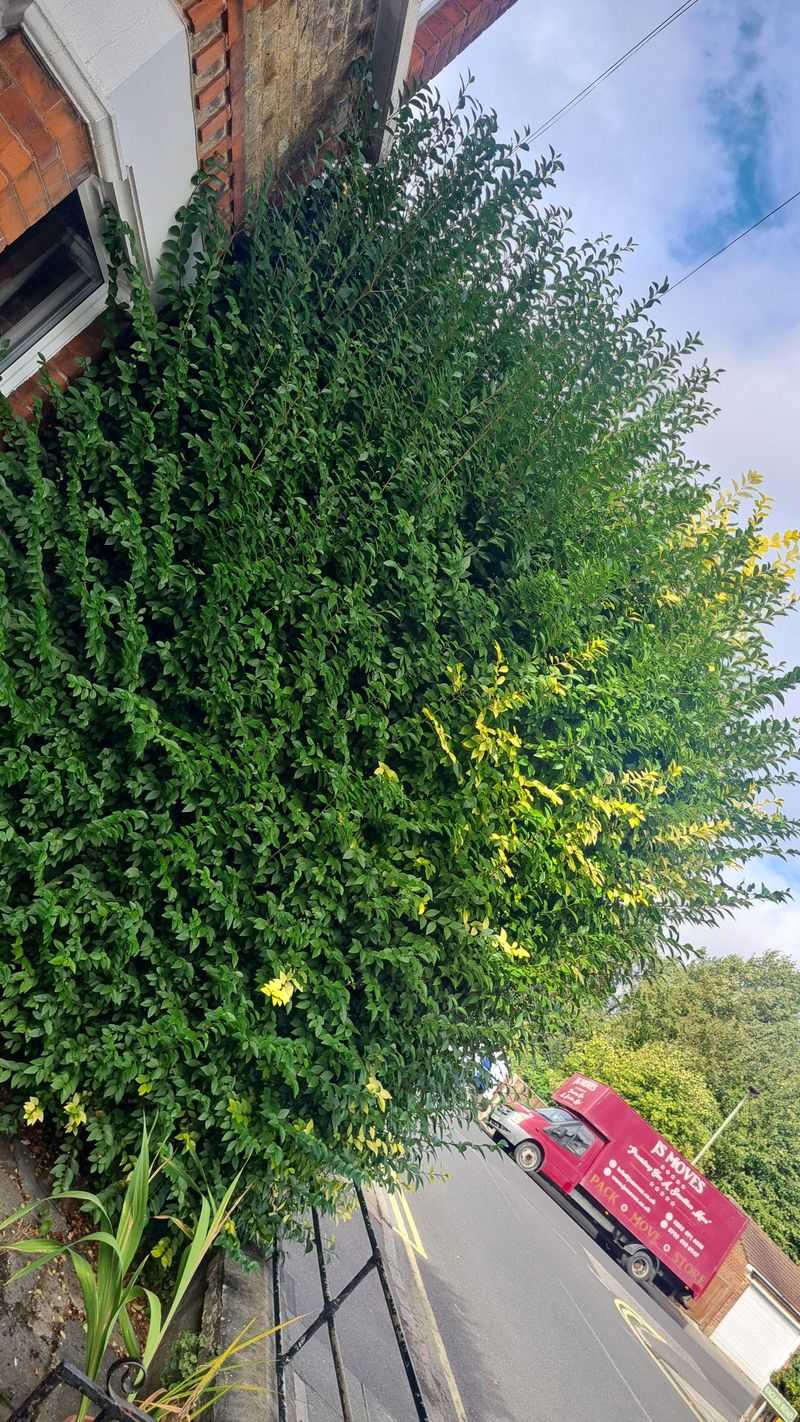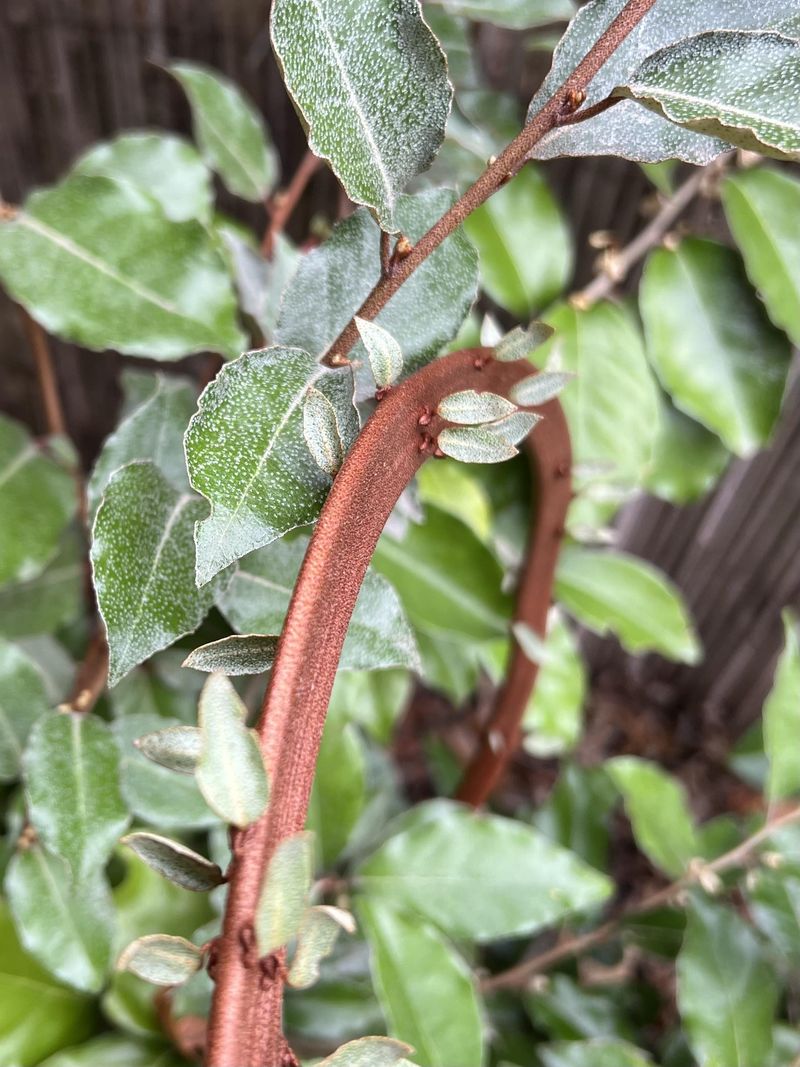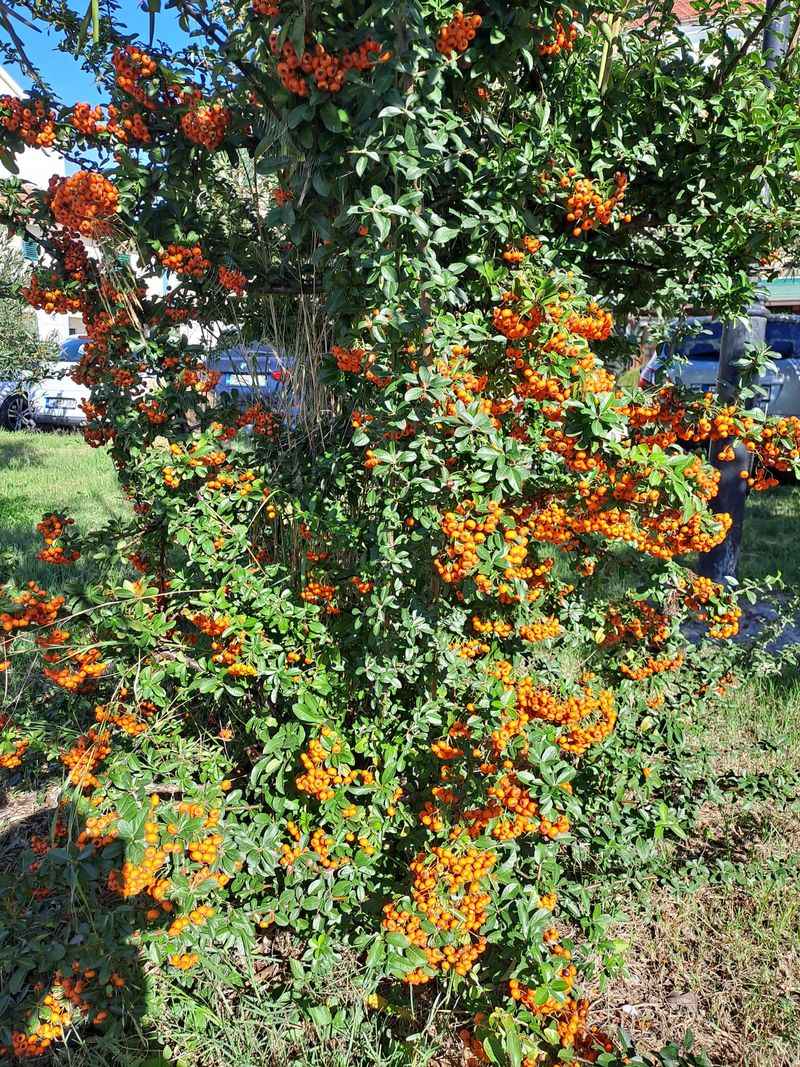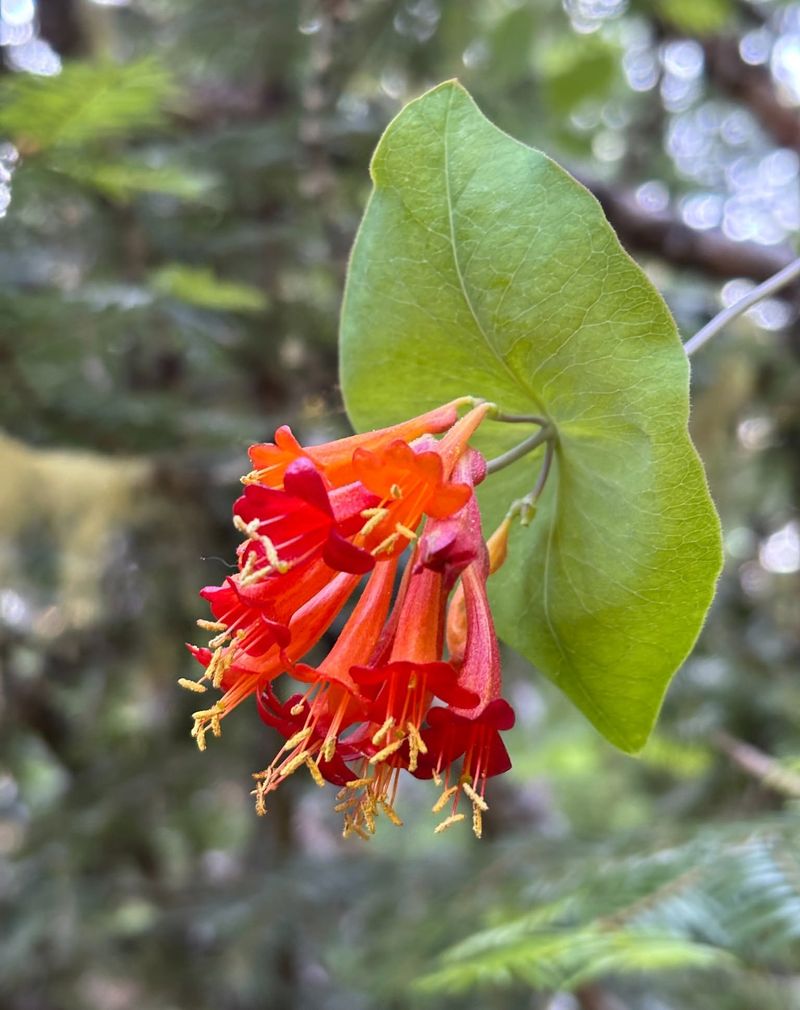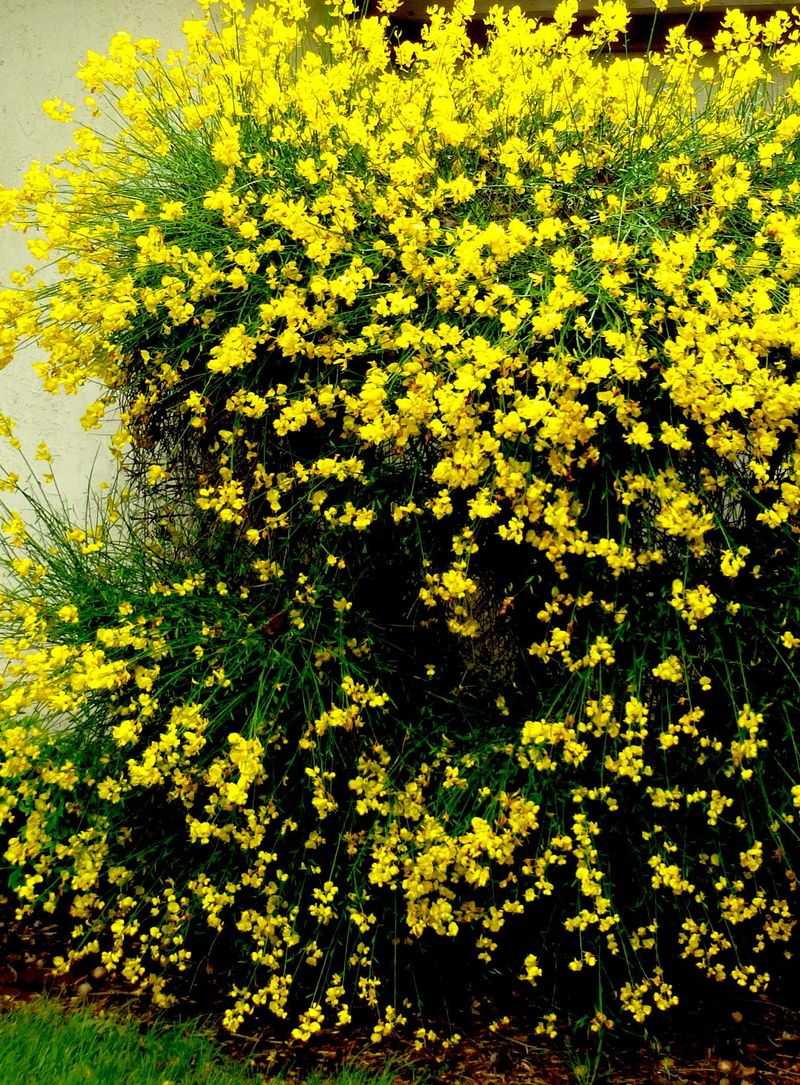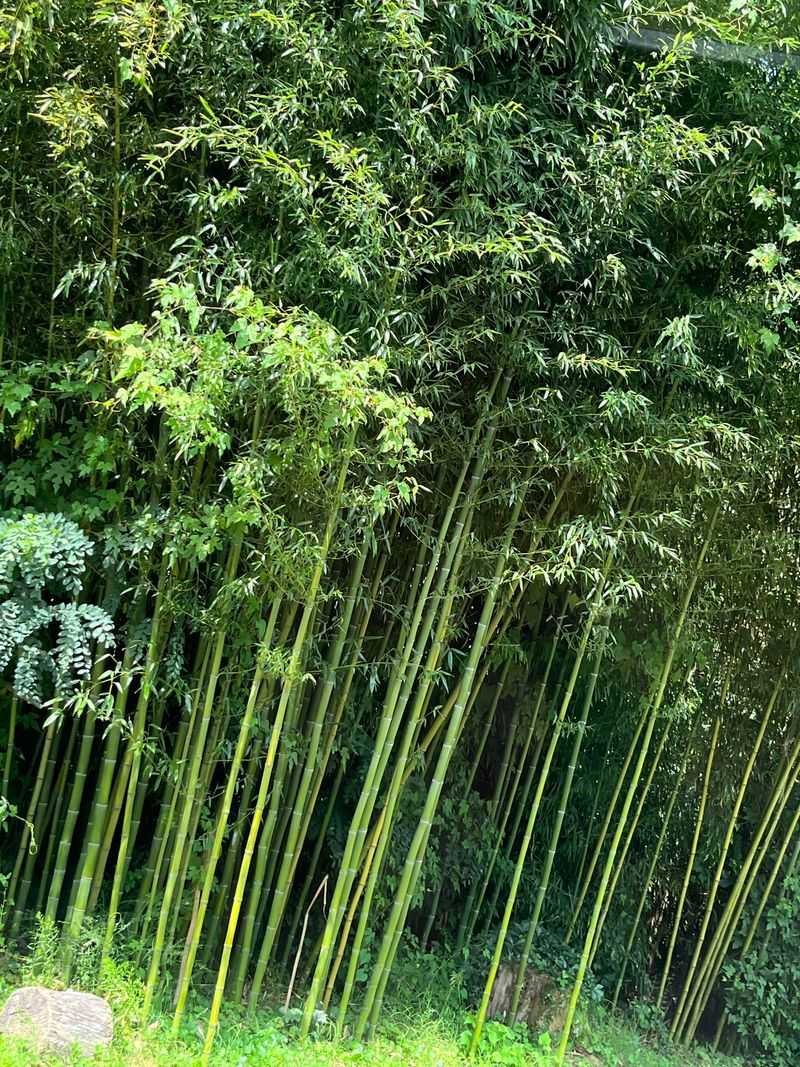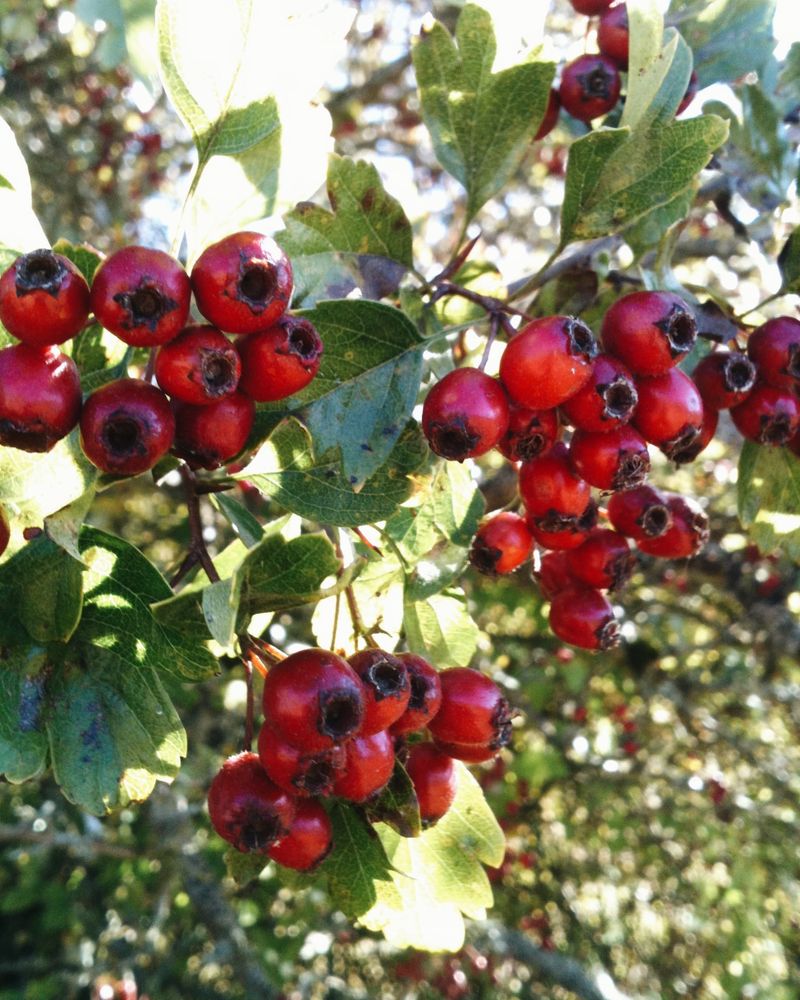Oregon’s breathtaking landscapes are under pressure from invasive shrubs that crowd out native plants. These aggressive species can overtake forests, wetlands, and city green spaces—disrupting the delicate balance wildlife depends on.
In my own Willamette Valley garden, English holly became a stubborn adversary. Years of fighting its spread taught me how invasive plants quietly take over. But the silver lining? Oregon offers countless gorgeous, eco-friendly alternatives.
From vibrant native blooms to climate-hardy shrubs, there’s no shortage of beautiful options that won’t harm local ecosystems. Here are 19 plants to steer clear of—plus smart swaps that let your garden thrive responsibly.
1. Butterfly Bush
Despite its beautiful purple blooms and ability to attract pollinators, this garden favorite quickly escapes cultivation in Oregon’s climate. Seeds travel far on the wind, establishing in natural areas where they crowd out native plants that wildlife depends on.
California lilac (Ceanothus) offers similar pollinator benefits without the invasive tendencies. These gorgeous shrubs produce masses of blue or purple flowers in spring and adapt beautifully to Oregon’s varied growing conditions.
My neighbor replaced her butterfly bushes three years ago with Pacific blue Ceanothus, and the transformation has been remarkable. Hummingbirds, bees, and butterflies still visit regularly, but without the constant battle against unwanted seedlings.
2. English Holly
Those festive red berries may look charming during winter holidays, but birds spread them throughout Oregon’s forests where they form dense thickets. Once established, English holly creates deep shade that prevents native understory plants from growing.
Oregon grape (Mahonia aquifolium) offers similar evergreen structure with yellow flowers and blue berries. As our state flower, it’s perfectly adapted to local conditions and provides important food for native birds.
Walking through Forest Park last December, I noticed how invasive holly has taken over entire sections of understory. In my own yard, the native Oregon grape provides winter structure without the ecological headaches.
3. Scotch Broom
Driving along Oregon highways, those bright yellow flowers might catch your eye in spring, but Scotch broom is a nightmare for our ecosystems. A single plant produces thousands of seeds that remain viable for decades, quickly forming impenetrable thickets that increase wildfire risk.
Yellow flowering currant (Ribes aureum) offers those same cheerful yellow blooms without the aggressive spread. The fragrant flowers appear in early spring, followed by edible berries that attract birds.
During a restoration project near the Rogue River, volunteers spent countless hours removing Scotch broom. The native currants planted afterward created a beautiful, fire-resistant landscape that supports local wildlife instead of displacing it.
4. English Laurel
Often planted as a privacy hedge, English laurel quickly becomes a maintenance nightmare in Oregon. Birds spread the black berries into natural areas where dense thickets form, and all parts of the plant contain toxic compounds that can harm wildlife and water quality.
Pacific wax myrtle (Morella californica) creates similar privacy with none of the problems. This versatile evergreen thrives in our climate and produces waxy berries that native birds love.
Along the Oregon coast, you can see how English laurel has invaded previously diverse forest edges. Switching to wax myrtle for my backyard boundary was one of the best landscaping decisions I’ve made—it’s been completely trouble-free for years.
5. Himalayan Blackberry
Those juicy summer berries might taste delicious, but Himalayan blackberry forms impenetrable thickets that take over stream banks and woodland edges throughout Oregon. The aggressive canes can grow several inches per day during summer, quickly smothering native vegetation.
Our native trailing blackberry (Rubus ursinus) offers equally delicious fruit without the aggressive growth. Though less productive, many consider the smaller berries more flavorful than their invasive cousins.
During a weekend hike near Eugene, I noticed how Himalayan blackberry had completely overtaken what was once diverse riparian habitat. The native version in my garden stays politely in bounds while still providing enough berries for summer cobblers.
6. Portuguese Laurel
Marketed as an alternative to English laurel, this Mediterranean native is unfortunately showing similar invasive tendencies in Oregon’s climate. The dense growth and waxy leaves create deep shade that prevents forest regeneration where it escapes cultivation.
Pacific rhododendron (Rhododendron macrophyllum) provides spectacular spring flowers and year-round structure. As Oregon’s state flower, these magnificent shrubs are perfectly adapted to our acidic forest soils.
While visiting a friend’s woodland property near Portland, I was struck by how Portuguese laurel had begun colonizing the understory. The native rhododendrons we planted as replacements have thrived without spreading beyond their intended locations.
7. Japanese Barberry
Those burgundy leaves and red berries make Japanese barberry a popular landscape choice, but this thorny shrub escapes gardens to invade Oregon’s natural areas. Research shows it creates perfect tick habitat, increasing Lyme disease risk in areas where it’s established.
Red-flowering currant (Ribes sanguineum) offers similar visual appeal with none of the problems. The pendant clusters of pink flowers appear in early spring, followed by blue-black berries that birds adore.
After removing barberry from my front yard in Salem, I was amazed at how quickly native insects and birds returned to the red-flowering currant I planted instead. The spring display alone makes this switch worthwhile.
8. Russian Olive
Despite its silvery foliage and drought tolerance, Russian olive has become a serious problem along Oregon’s waterways. The nitrogen-fixing roots give it an unfair advantage over native plants, allowing it to form dense stands that reduce biodiversity and alter soil chemistry.
Pacific crabapple (Malus fusca) offers beautiful spring flowers, interesting fruit, and excellent wildlife value. This adaptable native thrives in moist sites where Russian olive typically invades.
During restoration work along the Deschutes River, I’ve seen firsthand how difficult Russian olive is to eradicate once established. The native crabapples planted as replacements provide better food sources for local wildlife while maintaining the natural ecosystem balance.
9. Cotoneaster
With attractive berries and low maintenance needs, cotoneaster seems like an ideal landscape plant. Unfortunately, birds spread those berries far and wide, creating new infestations in Oregon’s natural areas where they crowd out native understory plants.
Red-osier dogwood (Cornus sericea) provides similar landscape benefits with striking red stems that brighten winter gardens. White flower clusters appear in spring, followed by white berries that feed native birds.
While volunteering at a watershed council event in Corvallis, I spent hours removing cotoneaster from a restored streambank. The native dogwoods planted afterward not only look beautiful but also help stabilize the soil without becoming invasive.
10. St. John’s Wort
Often sold as a medicinal herb, St. John’s Wort quickly escapes gardens to invade Oregon’s meadows and forest openings. The prolific seeds and spreading roots make it nearly impossible to eradicate once established, and it can be toxic to grazing animals.
Oregon sunshine (Eriophyllum lanatum) offers similar cheerful yellow flowers without the invasive tendencies. This drought-tolerant native thrives in sunny, well-drained sites throughout the state.
During a wildflower hike in the Columbia Gorge last summer, I was disheartened to see how St. John’s Wort had overtaken entire meadows. The Oregon sunshine in my eastern Oregon friend’s garden attracts countless pollinators without spreading beyond its boundaries.
11. Tree Of Heaven
Despite its heavenly name, this fast-growing shrub/small tree creates hellish problems in Oregon’s ecosystems. The roots release chemicals that prevent other plants from growing nearby, and it serves as the primary host for spotted lanternfly, a destructive invasive insect.
Pacific dogwood (Cornus nuttallii) offers spectacular white flowers in spring and attractive red fruit clusters in fall. The layered branches create beautiful structure in woodland gardens.
After removing a Tree of Heaven from a community garden in Medford, we planted a Pacific dogwood in its place. Five years later, the transformation has been remarkable—the native tree supports countless insects and birds without the ecological damage.
12. Burning Bush
Famous for fall color, burning bush has become a serious problem in Eastern forests and is showing similar tendencies in Oregon. Birds spread the seeds into natural areas where the shrubs form dense thickets that suppress native plant growth.
Vine maple (Acer circinatum) delivers even more spectacular autumn color in shades of orange, red and gold. This versatile native adapts to sun or shade and provides valuable habitat for birds and beneficial insects.
During a fall drive through the Cascade foothills, the vine maples create a breathtaking display that far outshines any burning bush I’ve seen. In my Bend garden, the native maple’s multi-season interest makes it a standout performer year after year.
13. Privet
Commonly planted as a formal hedge, privet escapes into Oregon’s forests where it forms dense thickets that shade out native understory plants. The numerous white flowers produce thousands of berries that birds spread widely, creating new infestations far from the original planting.
Mock orange (Philadelphus lewisii) offers similar fragrant white flowers with none of the invasive tendencies. This adaptable native thrives throughout Oregon and won’t escape into natural areas.
When we moved into our current home near Ashland, removing the privet hedge was our first priority. The mock orange we planted instead fills the air with sweet fragrance each June while supporting local pollinators rather than displacing native plants.
14. Elaeagnus
Marketed for tough growing conditions, both Russian olive and autumn olive (Elaeagnus species) spread aggressively throughout Oregon. Birds disperse the abundant berries into natural areas where these shrubs alter soil chemistry through nitrogen fixation, giving them an unfair advantage.
Serviceberry (Amelanchier alnifolia) thrives in similar conditions while providing beautiful spring flowers and delicious edible berries. The multi-season interest includes spectacular fall color in shades of orange and red.
At a habitat restoration site along the John Day River, Elaeagnus had completely taken over the riparian zone. The serviceberries planted as replacements now support diverse wildlife without spreading beyond their intended locations.
15. Firethorn (Pyracantha)
Those bright orange berries make firethorn a popular choice for winter interest, but birds spread them into natural areas throughout western Oregon. The dense, thorny growth forms impenetrable thickets that crowd out native plants and alter wildlife habitat.
Tall Oregon grape (Mahonia aquifolium) provides similar evergreen structure and wildlife value without becoming invasive. The bright yellow flowers in early spring are followed by blue berries that birds love.
During a neighborhood cleanup in Eugene, removing escaped pyracantha required heavy gloves and serious determination. The Oregon grape I planted along my driveway offers year-round interest with none of the aggressive tendencies—and the early flowers are a crucial resource for native bees.
16. Japanese Honeysuckle
Despite its sweet fragrance and pretty flowers, Japanese honeysuckle quickly becomes a garden thug in Oregon’s climate. The vigorous vines climb over and smother native vegetation, while underground stems form extensive colonies that are nearly impossible to eradicate.
Orange honeysuckle (Lonicera ciliosa) offers similar trumpet-shaped flowers that attract hummingbirds and butterflies. This well-behaved native vine provides excellent wildlife habitat without the aggressive spread.
After spending countless hours removing Japanese honeysuckle from a friend’s property near Hood River, we replaced it with the native alternative. The orange blooms now create a beautiful display each summer without threatening the surrounding forest.
17. Brooms (Spanish, French, Portuguese)
Beyond Scotch broom, several other broom species create serious problems in Oregon’s ecosystems. These aggressive shrubs fix nitrogen in the soil, altering conditions to favor themselves and other invasive plants while producing thousands of long-lived seeds.
Blueblossom (Ceanothus thyrsiflorus) offers similar structure and beautiful blue flower clusters without the invasive tendencies. This drought-tolerant native thrives in well-drained soils throughout western Oregon.
While hiking in the Siskiyou Mountains last spring, entire hillsides were covered with invasive broom species. The blueblossoms we’ve planted at our community garden create stunning displays each year while supporting native pollinators instead of displacing them.
18. Bamboo
Running bamboo varieties create maintenance nightmares in Oregon gardens, quickly spreading beyond intended boundaries and invading neighboring properties. The tough, persistent roots can damage foundations, driveways, and underground utilities while being extremely difficult to remove.
Pacific ninebark (Physocarpus capitatus) provides similar vertical structure and screening benefits. The attractive peeling bark adds winter interest, while spring flowers support numerous pollinator species.
My Portland neighbor spent thousands of dollars removing invasive bamboo that had spread from an adjacent property. The native ninebark planted as a replacement creates an excellent privacy screen without the aggressive underground runners that made the bamboo so problematic.
19. European Hawthorn
European hawthorn has invaded riparian areas and oak woodlands throughout the Willamette Valley and beyond. The thorny shrubs form dense thickets that crowd out native vegetation while altering soil conditions and wildlife habitat structure.
Our native Douglas hawthorn (Crataegus douglasii) provides similar wildlife benefits without becoming invasive. The white spring flowers support pollinators, while the dark berries feed birds through winter months.
During restoration work at a nature preserve near Salem, removing European hawthorn required significant resources and commitment. The native hawthorns planted afterward have created valuable habitat while remaining within their ecological niche.

